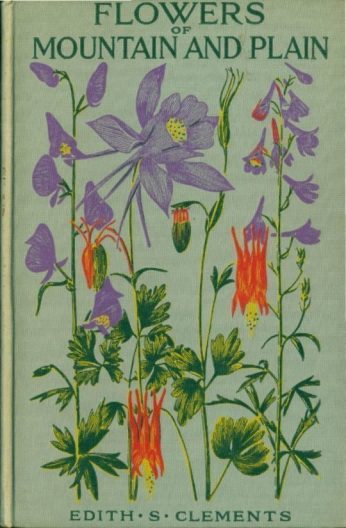
Author James McSweeney passionately believes that food scraps are resources — not waste — and has spent a career consulting for farmers, businesses and community based non-profits on how to turn organic material into high quality compost. His experience and knowledge has been collected into a text book that details not only the various techniques for making compost at scale, but also all the economic, logistic and business considerations required for success. The book is very well organized with charts, worksheets for planning, diagrams and excellent color photos. McSweeney’s writing is scientific, but also engaging with just enough anecdotal examples and case studies to keep readers interested in what could be a very dry topic. Footnotes document extensive references, while sidebars give focused information such as “Common regulations for food scrap composters.”
In the introduction McSweeney distills the essence of successful composting to the four Cs: cover, contain, complete and carbon. The following chapters explore several business and system models (such as drop-off, school, commercial, community garden) with economic analysis for each system. The biology and chemistry behind the compost process is detailed in another chapter. Proven composting methods, such as windrows and aerated static pile, are explained the following chapters. Finally the text concludes with chapters on site management and marketing the final product.
This book would be useful for anyone on the composting continuum from serious home scale and multi-family, to neighborhood, school and work place, to on-farm, community gardens and demonstration sites to large scale municipal and industrial enterprises.
Excerpted from the February 2020 Leaflet for Scholars Volume 7, Issue 2.

 David Holmgren co-created the philosophy of Permaculture while living in Australia in the 1970s. More than just a gardening method, “permaculture could be better described as a design system for resilient living and land use based on universal ethics and ecological design principles.” Holmgren writes RetroSuburbia : the downshifter’s guide to a resilient future from the point of view that the future will become increasingly difficult because of “energy descent” (scarcity) and general global economic depression. However, his tone is optimistic and pragmatic—
David Holmgren co-created the philosophy of Permaculture while living in Australia in the 1970s. More than just a gardening method, “permaculture could be better described as a design system for resilient living and land use based on universal ethics and ecological design principles.” Holmgren writes RetroSuburbia : the downshifter’s guide to a resilient future from the point of view that the future will become increasingly difficult because of “energy descent” (scarcity) and general global economic depression. However, his tone is optimistic and pragmatic—![[Field Guide to the Grasses of Oregon and Washington] cover](https://depts.washington.edu/hortlib/graphix/fieldguidetothegrassesofOregonandWashington.jpg)

![[Emily Dickinson's Gardening Life] cover](https://depts.washington.edu/hortlib/graphix/EmilyDickinson'sgardeninglife.jpg)
 Unusual for her time, Edith Clements (1874-1971) had a formal botanical education; she received a Ph.D. in botanical ecology from the University of Nebraska, and spent her life in various academic and research pursuits. Typically this was in conjunction with her husband, Frederic Clements (1874-1945), who was also a plant ecologist. Together, they published “
Unusual for her time, Edith Clements (1874-1971) had a formal botanical education; she received a Ph.D. in botanical ecology from the University of Nebraska, and spent her life in various academic and research pursuits. Typically this was in conjunction with her husband, Frederic Clements (1874-1945), who was also a plant ecologist. Together, they published “ Unusual for her time, Edith Clements (1874-1971) had a formal botanical education; she received a Ph.D. in botanical ecology from the University of Nebraska, and spent her life in various academic and research pursuits. Typically this was in conjunction with her husband, Frederic Clements (1874-1945), who was also a plant ecologist. Together, they published “
Unusual for her time, Edith Clements (1874-1971) had a formal botanical education; she received a Ph.D. in botanical ecology from the University of Nebraska, and spent her life in various academic and research pursuits. Typically this was in conjunction with her husband, Frederic Clements (1874-1945), who was also a plant ecologist. Together, they published “